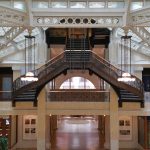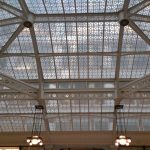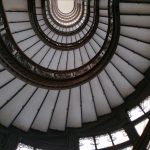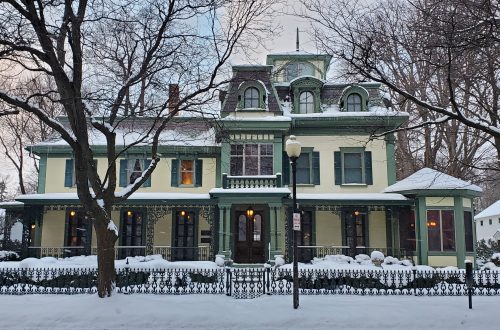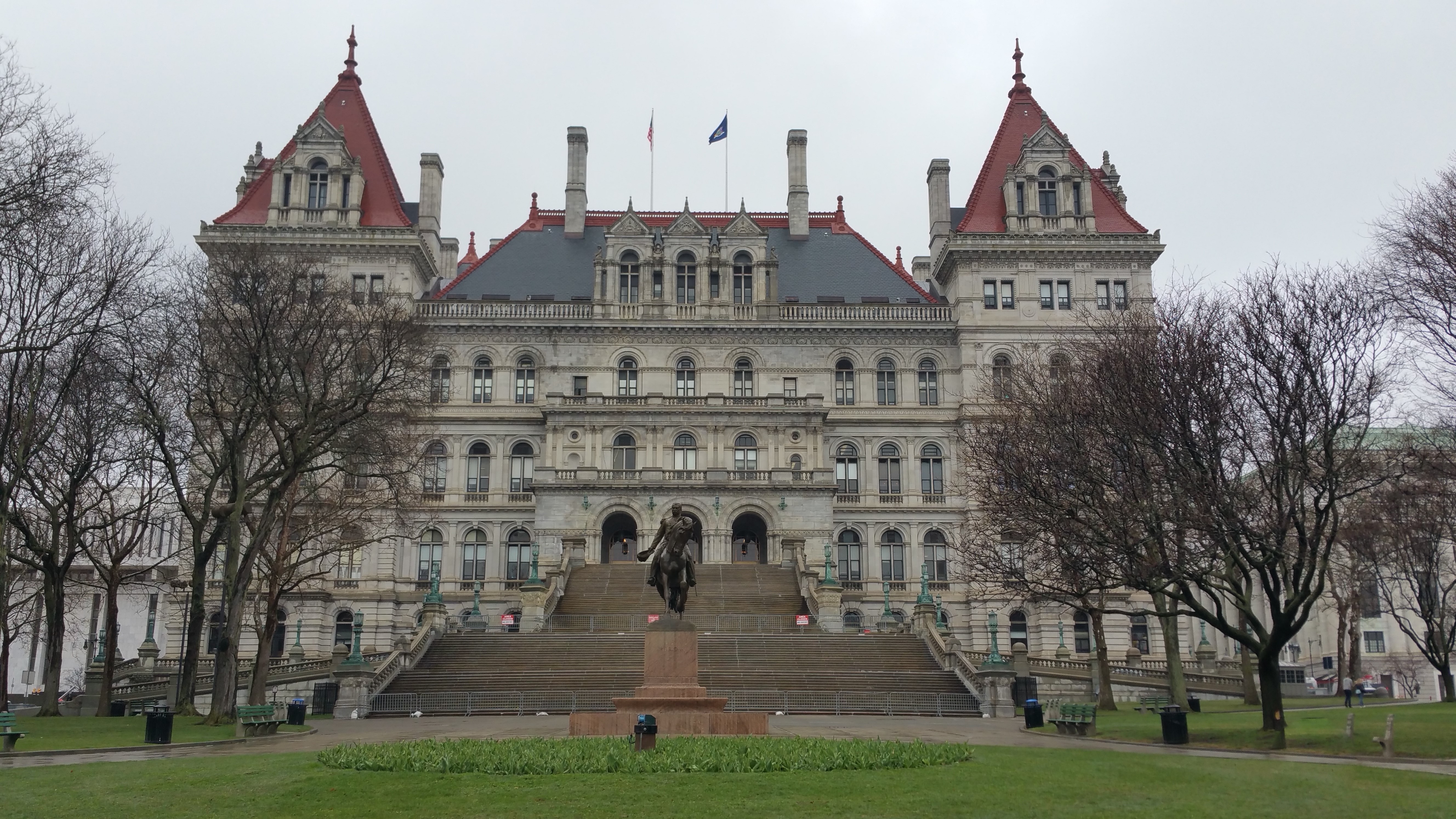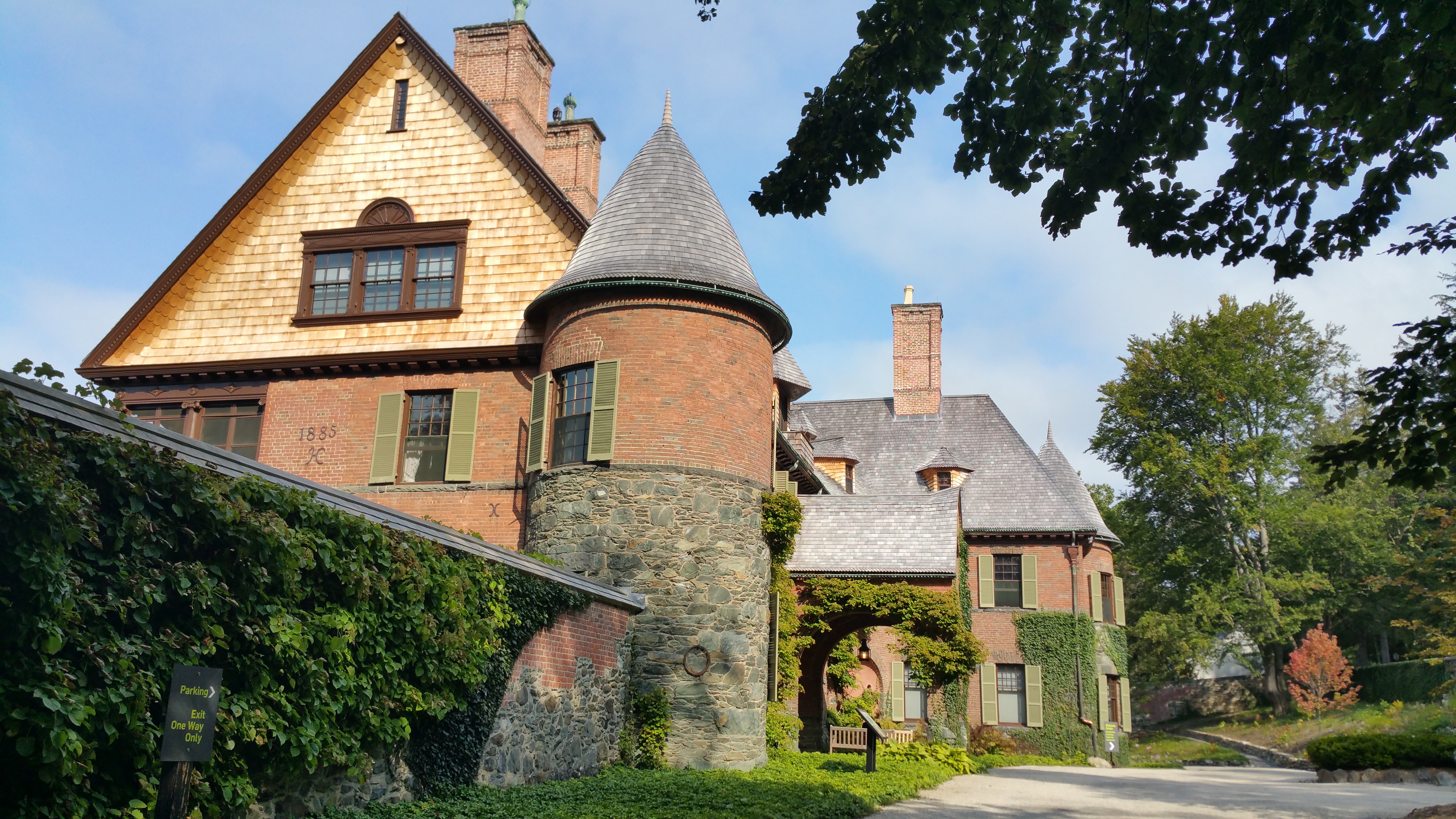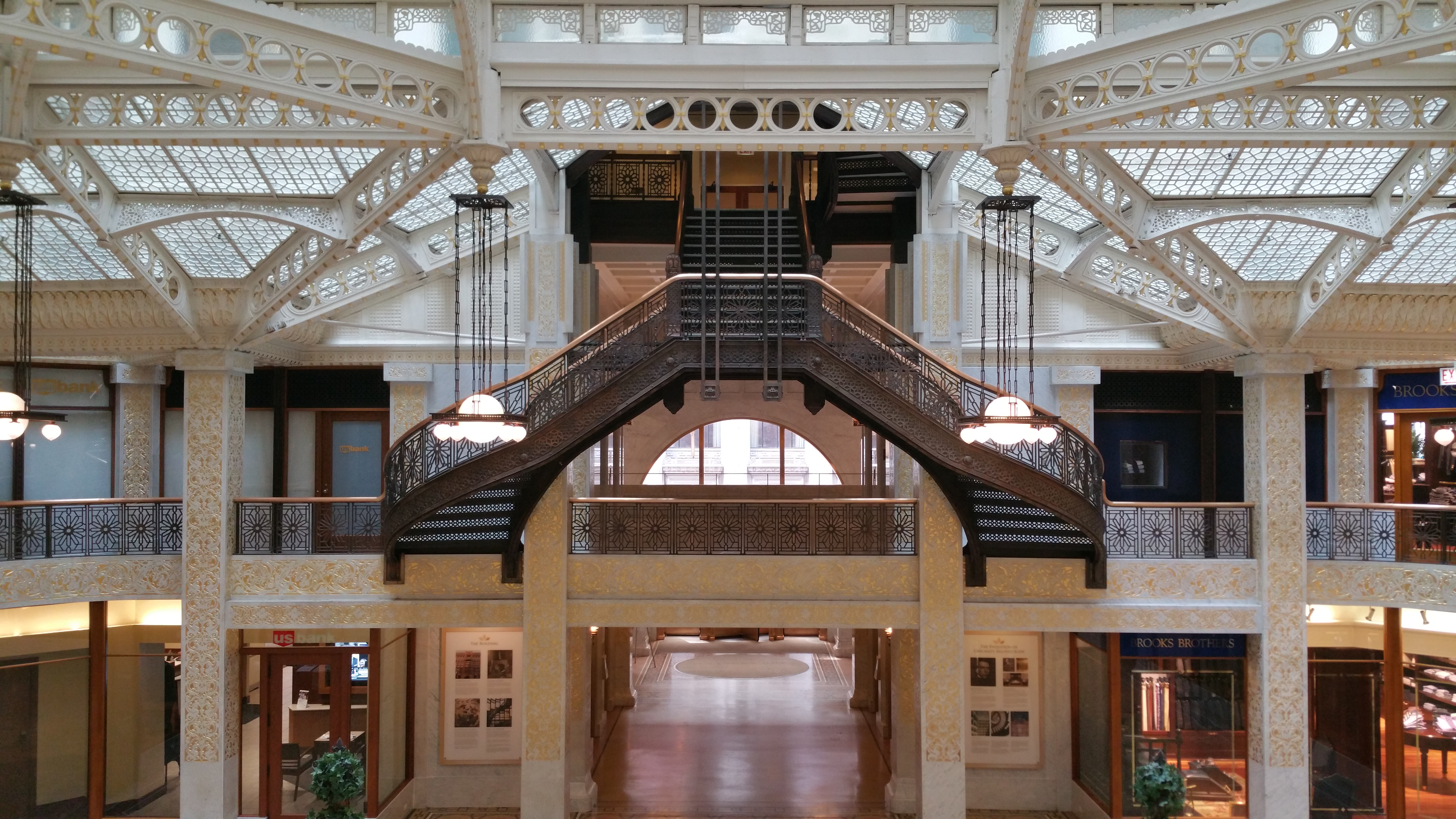
The Rookery- Chicago, IL
After reading Devil in the White City, I became obsessed with nineteenth century Chicago architecture. Not only was it a fascinating book, it introduced me to one of the most exciting architectural eras in the history of the United States. Central Chicago, following the Great Fire of 1871, was the perfect canvas for a handful of architects who would change the built world.
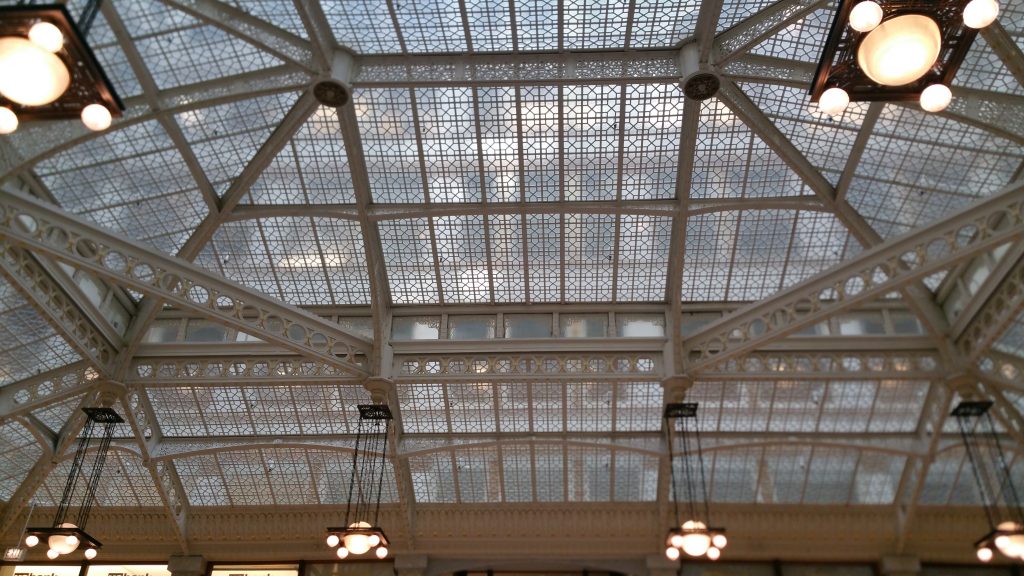
One of the most famous architectural teams of the time was Burnham & Root, whose innovations paved the way for modern skyscrapers. Indeed, their 1888 eleven story office building located on South LaSalle, known as The Rookery, is the oldest extant high-rise in Chicago. In 1905, Frank Lloyd Wright renovated the atrium, making it practically a perfect building.
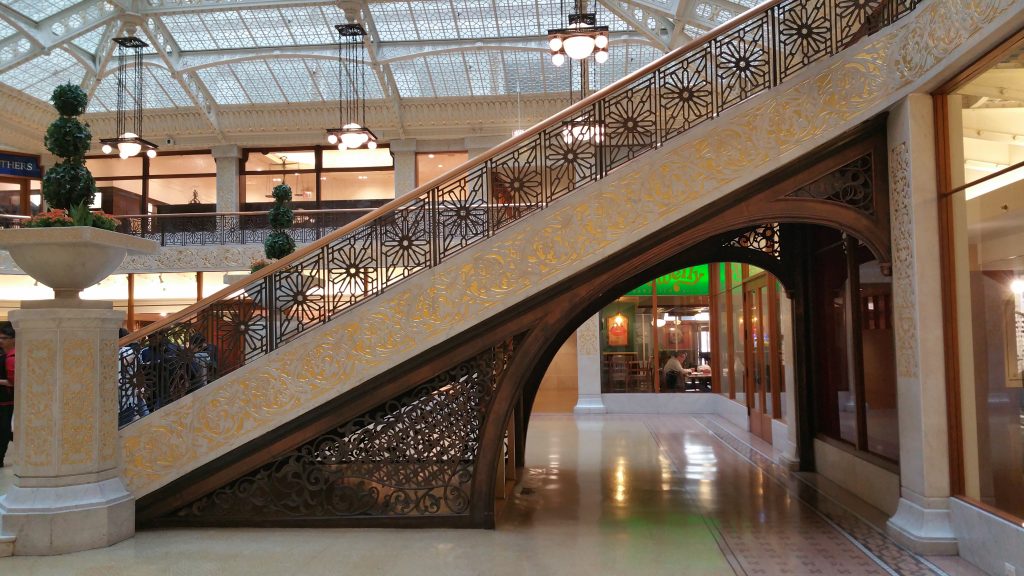
Located on the southeast corner of Adams and LaSalle, on a site that was previously occupied by Chicago’s City Hall and a masonry water tank (which oddly later housed the city’s first public library), the building was commissioned by the Central Safety Deposit Company; it was intended to house mainly financial institutions, with shops occupying the street level space.
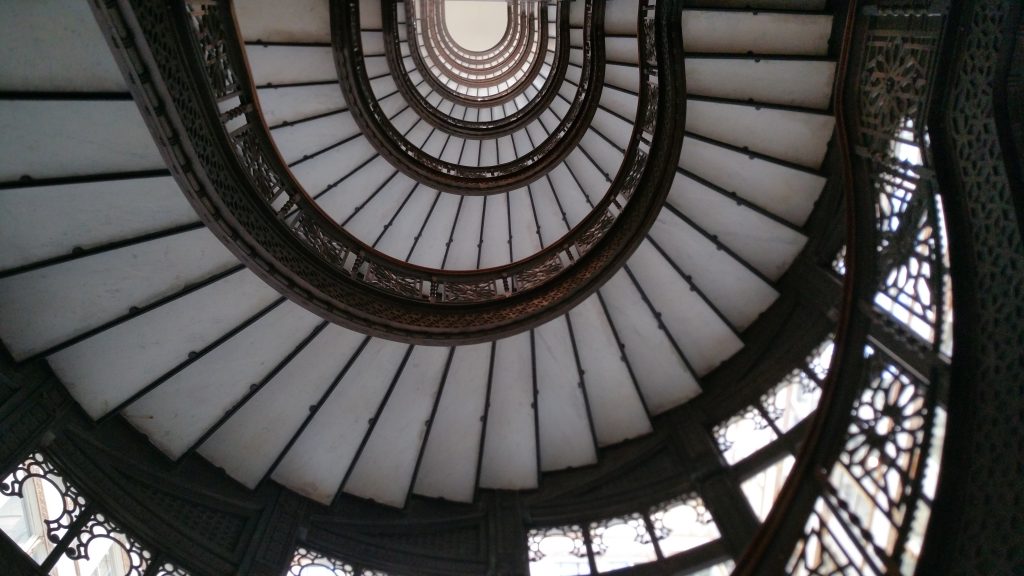
Costing $1.5 million, the building innovatively incorporated both masonry and metal construction methods; masonry piers were used to support the outer walls, while the inner frame was built of steel and iron. Below, a grillage foundation ensured the building would not sink into the sandy soil. Built to be the premier office building in Central Chicago, all modern conveniences were included in the design, including elevators, fireproofing, electrical lighting and plate glass.
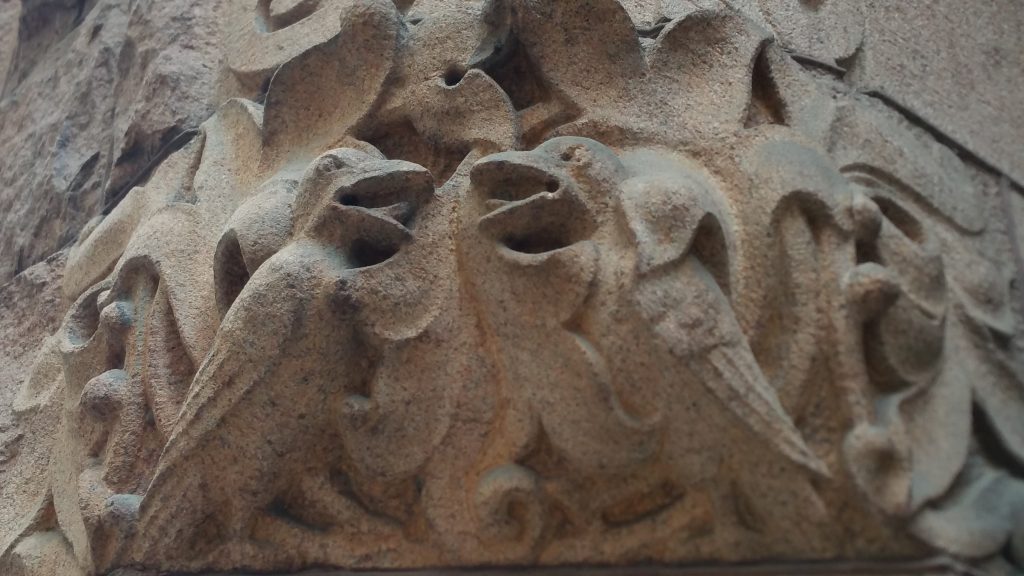
The commanding stone exterior, embellished with various styles of ornate ornamentation, including an homage to the building’s name, stands in sharp contrast to the airy interior of the Rookery’s light court. Designed to be a focal point of the building, the glass atrium provided illumination and ventilation to the interior offices. Projecting into the court, a delicate iron oriel staircase, that may just be the most striking set of stairs in all the land.
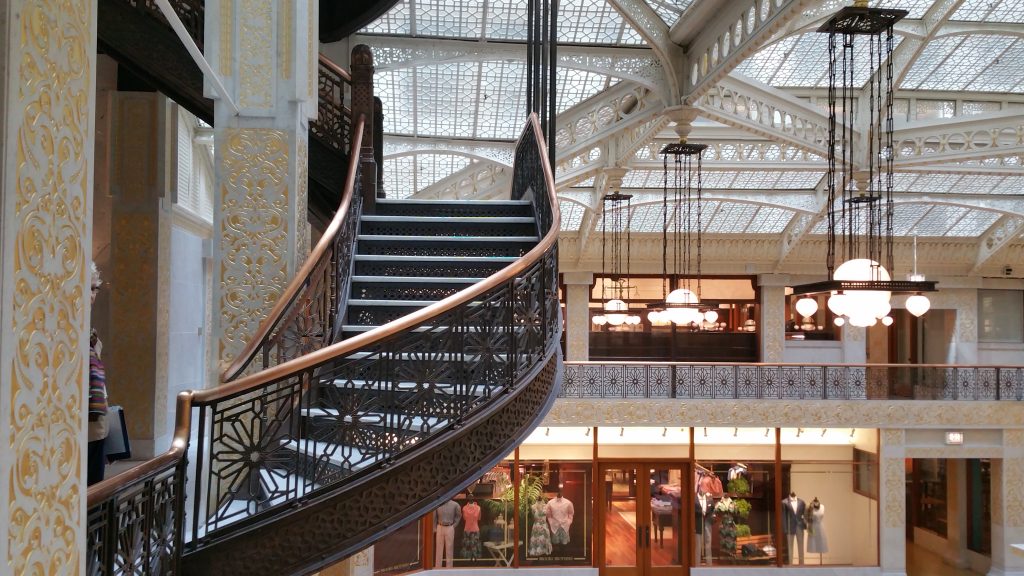
The floor of the mezzanine was constructed of glass blocks, to brighten the space; on the ground floor, intricate mosaic tile. So impressed by their creation, Burnham & Root relocated their office to the 11th floor, to a space that boasted a library, gymnasium, private baths, and a large drafting room. From this lofty vantage, the duo could look out over the city they were helping to rebuild. It is here plans were drawn up for the the famous White City of the 1893 World’s Fair, where H.H. Holmes stalked his victims.
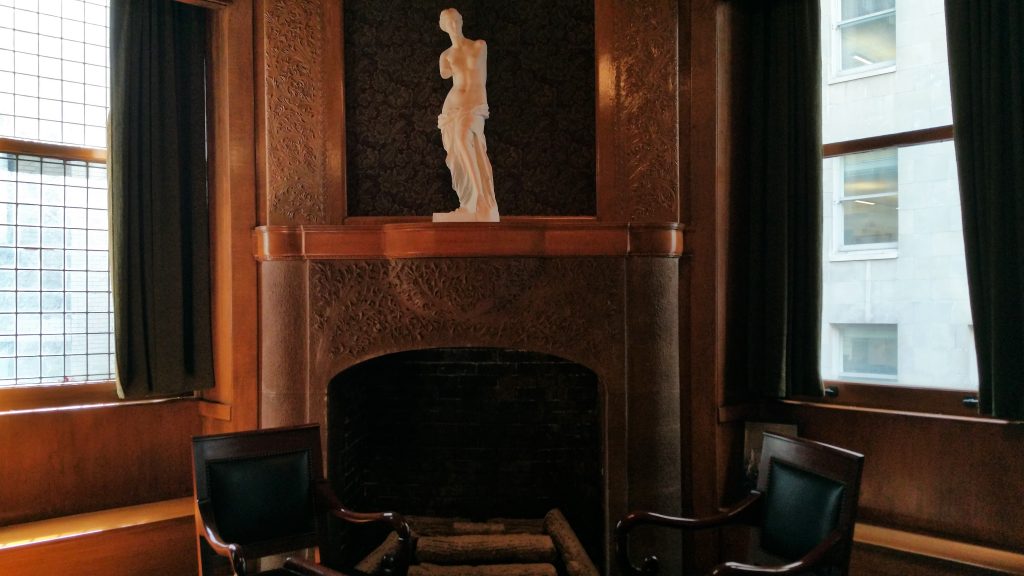
Almost two decades after the building was constructed, many of the key features in the light court had fallen out of fashion. In 1905, Frank Lloyd Wright was hired to renovate the space; the elaborate ironwork and terra cotta detailing was out, replaced with geometric patterns based on Root’s intricate stairs. Original iron columns were clad in white marble, embellished with an Arabic motif. Gone were the electroliers that originally flanked the central staircase, replaced with bronze and prismatic glass chandeliers. The effect was to make the already airy space even brighter.
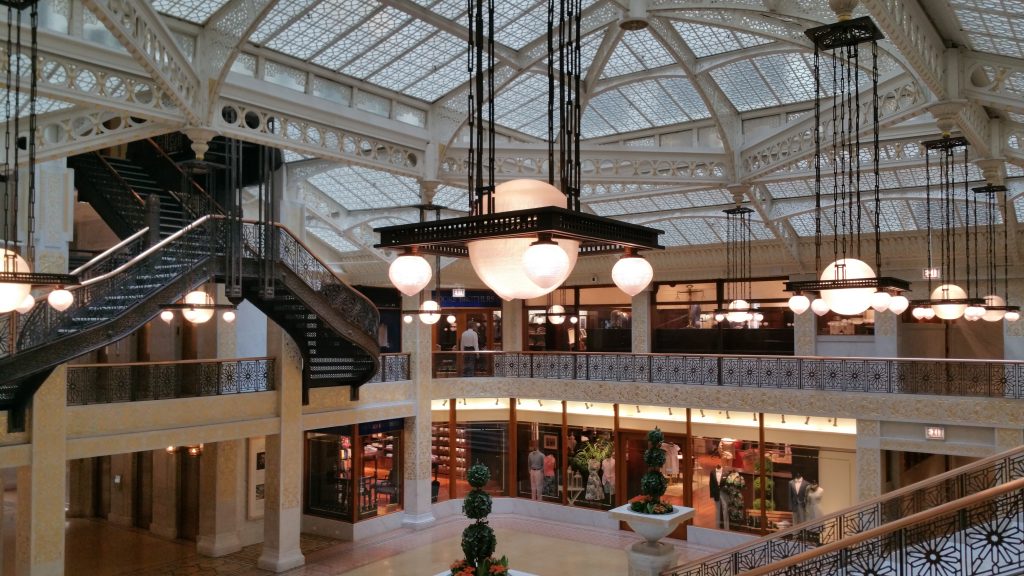
That wouldn’t be the last renovation the light court received; in 1931, a former employee of Burnham and Root once again altered the space, adding an Art Deco flair. Tennessee marble was laid over the mosaic floor, and plaster encased some second floor storefronts. To increase rentable square footage, which just seems foolish during the Great Depression, he divided the soaring lobby into two separate floors. The elevators were enclosed, and solid bronze and marble doors designed by Annette Byrne were added. Thankfully, in 1988, the lobby was painstakingly restored to Wright’s original design, with the inclusion of Bryne’s elevator doors, which are quite lovely. The Rookery is an absolute masterpiece, as stunning today as the day it was built.
